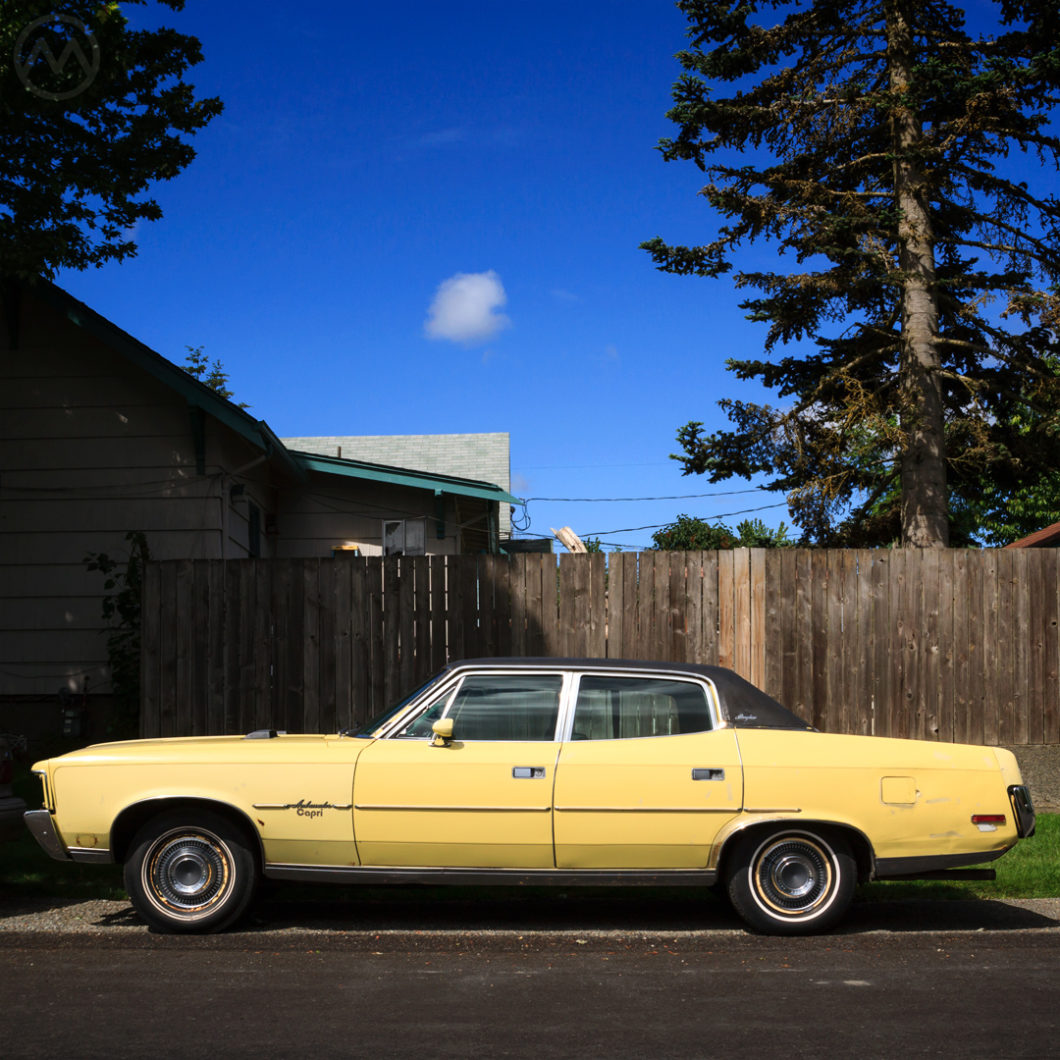In hindsight, AMC probably shouldn’t have developed the Circa-1967 Ambassador, but once it arrived, the company kept selling it and made due with it until 1974. The Ambassador continued a name and tradition that originated with AMC’s predecessor, Nash, and was AMC’s largest ever product – aimed at the big three’s full-sizers but generally sized below those cars.
Traditionally, AMC’s strength was in the exact opposite end of the market – small economy cars. Focusing on cheap wheels had revived the nearly moribund Nash/Hudson combine and gotten Rambler to third place in the U.S. sales race by 1964.
By then, Ex-Packard man Roy Abernethy was in charge.
Abernethy, a gregarious salesman and big personality, became CEO in 1962 after building AMC’s dealer network from the ashes of Nash/Hudson. He was convinced that with just the right marketing, the company could take on the Big 3 in every arena – including large cars and muscle cars.
This, of course, was a grave miscalculation even if gas prices were low in the 1960s and AMC wanted to shake off Rambler’s penny-pinching image (one reason why “American Motors” moved away from the “Rambler” name).
Bigger AMC’s Arrive
Abernethy’s larger AMC’s arrived for 1967 as the Rebel (mid size) and Ambassador (full-size) – both replaced smaller designs and shared architecture with the Ambassador essentially being a stretched Rebel.
On the new platform, the Rebel (replacing the Rambler Classic) was now the size of the ’65-’66 Ambassador while new Ambassador not quite full size overall, rode a 118” (3m) wheelbase and 203” long (5.2m). That made it slightly larger than the distinctly mid-sized Plymouth Belvedere.
AMC hired some of the best marketers around – Mary Wells Lawrence and her ad agency Wells, Rich, & Greene, one of the most savvy marketing operations of the “Mad Men” era. They did remake AMC’s image from humble to exciting, but Ambassadors weren’t an easy sell and the cars had cost $60M to design and tool up for.
Worse still, in rushing the cars to market, serious quality ills appeared on what was supposedly a “luxury” car. Abernethy’s expensive programs and their so-so results led to his retirement in January of 1967, but the Rebel and Ambassador were long-lived.
Making the Best of it
AMC set about improving both cars and in 1969 the Ambassador was stretched further and heavily restyled, with another update coming in ’71 – this was done at the same time as the Rebel’s refresh into the Matador.
AMC’s standard array of sixes and V8s (up to the 401) powered Ambassadors, but they were sedate cars, generally. From ’67 AMC had offered the “DPL” (Diplomat) trim to rival Ford’s LTD (and Chevy’s Caprice and Plymouth’s VIP).
The DPL, like the Ambassador itself, never really took off, but AMC kept trying new things to keep buyers interested. In 1971 that most 1970s of trims – “Brougham” – joined the trim list, displacing the DPL for ’72.
By this time AMC was profitable again, mostly thanks to the Hornet and Gremlin, but the Ambassador continued to sell reliably if not briskly into 1973, only really falling behind in the full-size apocalypse of 1974, despite getting a big restyle for that year. The last of these big cars, by then on a 122” wheelbase and 217” long, rolled off the line in June of 1974.
This strange and somewhat distressed 1972/73 Ambassador Brougham is an odd mixture of bright yellow and black with hood scoops and vinyl-top Brougham sedan formality. There doesn’t seem to be any record of a “Capri” edition Ambassador despite the script. There were a few special models in the 1960s, but the Ambassador was in its dotage by 1972.
The Ambassador sold to conservative buyers who wanted a big car but also valued AMC’s budget-minded approach, which it gradually returned to after the excitement of the Mary Wells Lawrence era. The related Matador continued into 1978.


I had two Ambassadors, a 1971 Brougham and a 1969 SST. The 71 was a boring ride fit for a then teen-aged driver, but the 69 was totally different. It was fast (it had the 325hp 390), comfortable and good handling for the era. It was a two door hard top, white over blue and very sleek. I wish I had kept it.